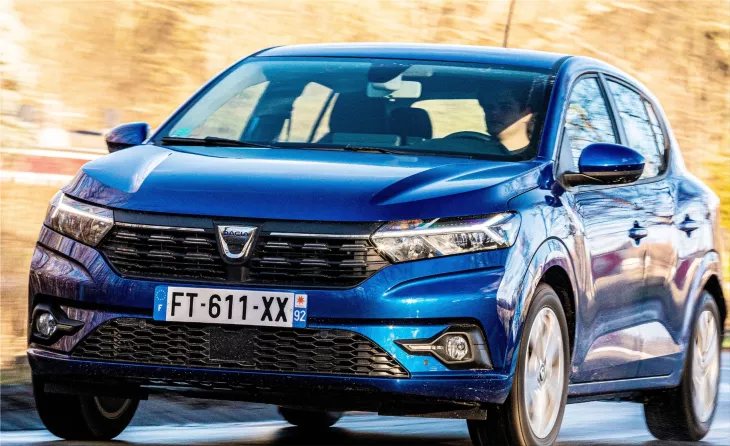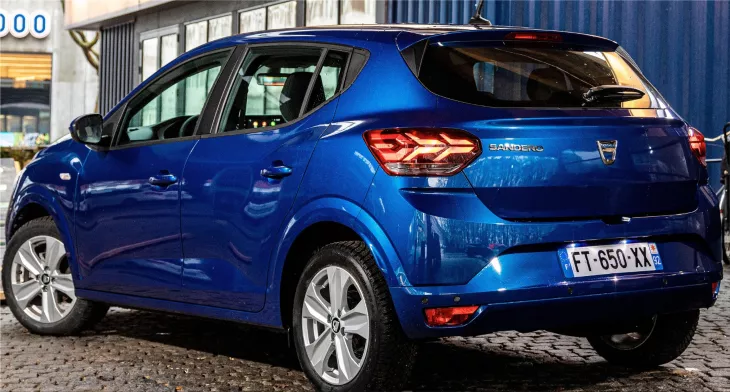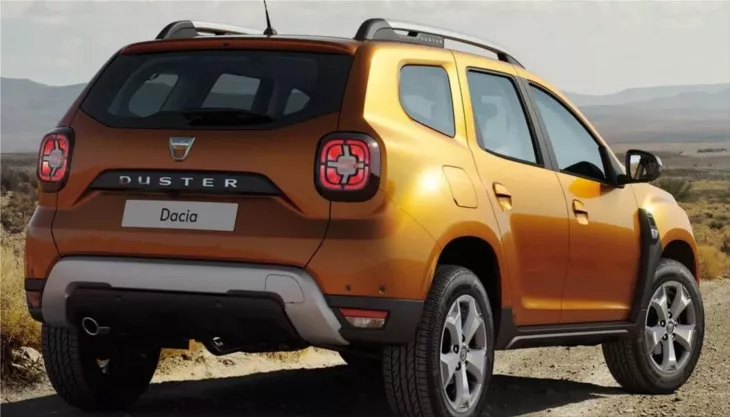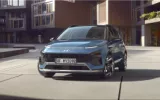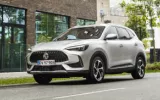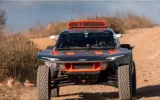Dacia managed to break out of the general negative trend of the automotive sector by maintaining a consistent sales pace, particularly in the last 3-4 months, and recover a significant portion of the losses recorded in 2020-2021 due to the coronavirus epidemic and subsequently the semiconductor crisis.
According to data, the Romanian car maker sold 43,211 automobiles worldwide in August, nearing the amount sold three years ago, before the commencement of the two automotive industry crises.
The volume sold is more than 2,100 vehicles, more significant than last year's period, marking a 5.2% increase in August. Dacia lost this market niche, which it previously covered with the Dokker, with a very tiny number of 250 vehicles sold out of total sales.
Dacia's primary market, Europe, likewise accounted for the majority of sales, with 37,000 vehicles sold, up more than 5,000 from the previous year. Following the publication of the ACEA figures, we stated that this is the first time in the brand's history that Dacia has outsold Renault in Europe's passenger car market (28,900 Renaults). Dacia sold only 5,900 cars and no LCVs in international markets.
These markets' volume is identical to the previous year (down 140 units). After eight months, Dacia brand sales have increased to 373,000 units, 20,000 vehicles more than in the first eight months of 2021, representing a 5.7% gain. Dacia modified its market share from 0.66% to 0.74% in the face of volatility in the global automotive market. According to Renault Group sales figures analyzed in Europe, Dacia sold 311,664 cars in 2022, with 2,630 commercial vehicles added, the vast majority of which were Dusters.
Dacia's best-selling models, Dacia Sandero and Dacia Duster, are competing for the title of "best-selling Dacia car" in global markets, with Duster having a more committed following. Still, Dacia Sandero is a popular car among Europeans. Furthermore, because the third-generation Dacia Sandero has not yet been released in all areas, 90% of its sales are generated in Europe, as opposed to the Dacia Duster, which obtains approximately 70% of its sales in Europe.
This year, 145,500 Dacia Sandero and 132,500 Dacia Duster vehicles were sold in all markets where the brand is present. The Spring has 26,500 cars sold in 2022 with a volume of 3,685 units in August, while the Jogger has already reached 33,800 units with 5,200 vehicles sold only in the eighth month.
How much did Dacia recover from their losses?
We may compare sales numbers from 2019 in the same month, August, to better understand Dacia's evolution during the nearly three years of pandemic and semiconductor crisis. Dacia's sales had achieved an all-time high then, with 44,367 cars sold in Europe plus 2,864 LCVs, plus 8,189 vehicles sold in the rest of the world (Africa, the Middle East, etc.). This means that Dacia's volume of European automobiles sold achieved 84% of the brand's performance three years ago, and the proportion for the first eight months is 82%. The situation is significantly worse in the LCV market, where Dacia Dokker, dropped from Dacia's lineup, has been "converted" into Renault Express.
The latter is a more expensive but better-equipped vehicle that should generate more significant profit. Dacia Dokker sold roughly 5,000 units per month in 2019, and the volume sold from January to August was 35,000 vehicles that another model did not replace. Dacia's current commercial vehicle sales are only 10% of what they were before the recession.







